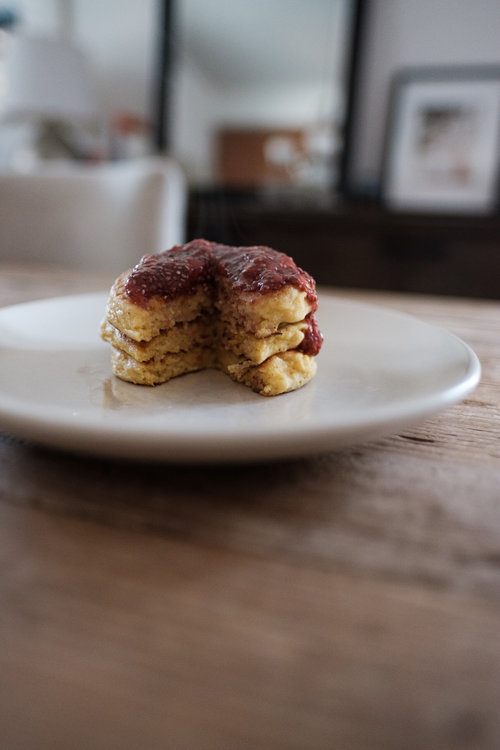I stumbled upon a poem as I skipped through the internet today. It was accompanied by a recipe. It was on a website called EatThisPoem.com. For some reason my mind went immediately to Alice In Wonderland’s Mad Hatter’s tea party. It felt like a grown up tea party where imagination came together with food.
There was a table set out under a tree in front of the house, and the March Hare and the Hatter were having tea at it: a Dormouse was sitting between them, fast asleep, and the other two were using it as a cushion, resting their elbows on it, and the talking over its head. `Very uncomfortable for the Dormouse,’ thought Alice; `only, as it’s asleep, I suppose it doesn’t mind.’
The table was a large one, but the three were all crowded together at one corner of it: `No room! No room!’ they cried out when they saw Alice coming. `There’s PLENTY of room!’ said Alice indignantly, and she sat down in a large arm-chair at one end of the table.
`Have some wine,’ the March Hare said in an encouraging tone.
Alice looked all round the table, but there was nothing on it but tea. `I don’t see any wine,’ she remarked.
`There isn’t any,’ said the March Hare.
`Then it wasn’t very civil of you to offer it,’ said Alice angrily.
`It wasn’t very civil of you to sit down without being invited,’ said the March Hare.
`I didn’t know it was YOUR table,’ said Alice; `it’s laid for a great many more than three.’
–perhaps it was the raspberry jam…

The Corn Baby
by Mark Wunderlich
They brought it. It was brought
from the field, the last sheaf, the last bundlethe latest and most final armful. Up up
over the head, hold it, hold it high, it heldthe gazer’s gaze, it held hope, did hold it.
Through the stubble of September, on shouldersaloft, hardly anything, it weighed, like a sparrow,
it was said, something winged, hollow, thoughpulsing, freed from the field
where it flailed in wind, where it waited, wantedto be found and bound with cord. It had
limbs, it had legs. And hands. It had fingers.Fingers and a face peering from the stalks,
shuttered in the grain, closed, though just a kernela shut corm. They brought him and autumn
rushed in, tossed its cape of starlings,tattered the frost-spackled field.
—From Poetry (March 2009)



 Sipping blueberry lemonade tea on a sunny afternoon has me reflecting on the colour of compassion. The tea is not the purple hue of blueberries, nor is it the bright sunshine of lemons. It is somewhere in between. That in between is where compassion might lie.
Sipping blueberry lemonade tea on a sunny afternoon has me reflecting on the colour of compassion. The tea is not the purple hue of blueberries, nor is it the bright sunshine of lemons. It is somewhere in between. That in between is where compassion might lie.



